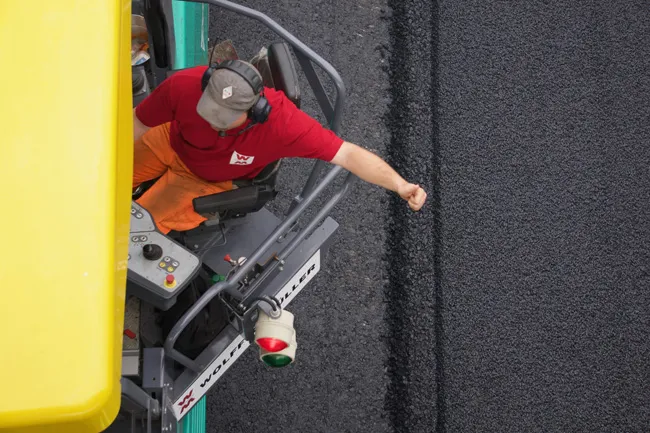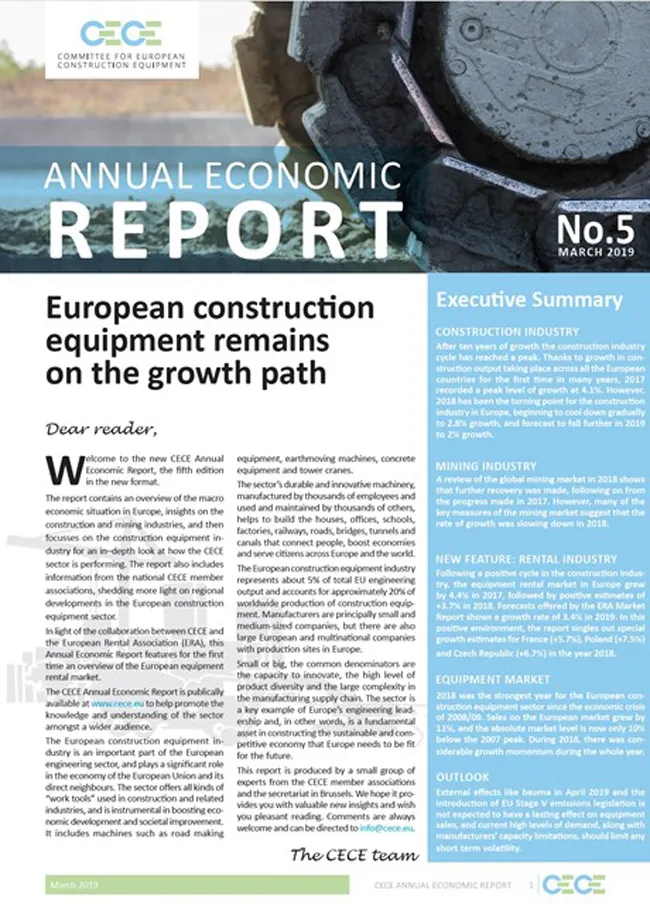engcon is continuing to expand in Europe and has set up their first office in the Netherlands. The maker of tiltrotators is starting up its own sales company, engcon NL, that will employ a sales manager, a salesperson and another person focusing on servicing and after-sales. The office will be operating by the end of the first quarter this year. "This launch will be an important milestone for engcon and will be the object of considerable focus in future," said Krister Blomgren, chief executive of engcon's p
March 22, 2016
Read time: 2 mins
The maker of tiltrotators is starting up its own sales company, engcon NL, that will employ a sales manager, a salesperson and another person focusing on servicing and after-sales. The office will be operating by the end of the first quarter this year.
"This launch will be an important milestone for engcon and will be the object of considerable focus in future," said Krister Blomgren, chief executive of engcon's parent company engcon Holding.
He said sales of all excavators in the Netherlands during the peak year of 2007 totalled around 4,500, compared to around 2,200 excavators sold in Sweden – engcon’s home market - in the same year. As a consequence of the financial crisis in 2008, slightly fewer excavators are sold today in the Dutch market, although Blomgren believes this will change.
"We are convinced that the Dutch market is slowly but surely approaching the levels we saw around 2007. Quite simply we see considerable potential in the Netherlands, but this is also an important investment for increasing engcon's overall presence on the European market,“ he said.
engcon Holding, based in Strömsund, Sweden, employs around 165 people. European sales offices are in Sweden, Norway, Finland, Denmark, the UK, Germany and France, while engcon International is responsible for other markets. In 2014, the group achieved a turnover of more than €68.6 million.








